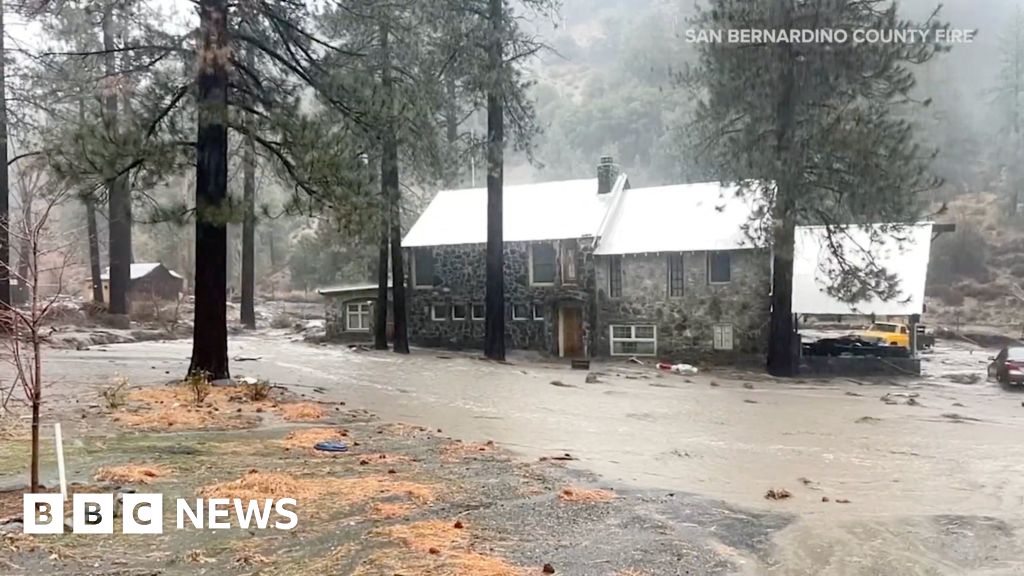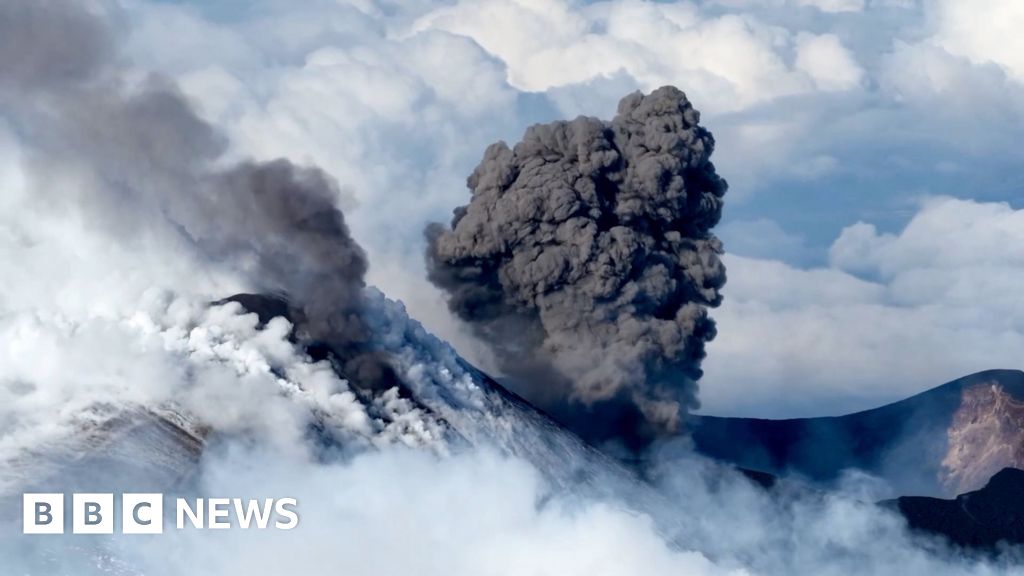Anup Shah has been announced as the winner of the Nature Conservancy 2021 Photo Contest, for his image of a western lowland gorilla walking through a cloud of butterflies in the Central African Republic.
The photographer’s winning image, entitled Malui, was chosen from more than 100,000 entrants from 158 countries.
Mr Anup, from the UK, will receive a camera package valued at $4,000 (£2,900).
“I like photos that keep dragging you in,” said judge Ben Folds, an American singer-songwriter and photographer.
“The [gorilla’s] face; tolerance or bliss? It’s really hard to tell and the insects draw you there.”
The Nature Conservancy is a global conservation organisation that works in 72 countries, and is dedicated to conserving the lands and waters on which all life depends.
It says it is guided by science to create on-the-ground solutions to the world’s toughest challenges, including climate change.
Here are winners from other categories in the competition, with descriptions by the photographers.
People’s Choice winner: Fireflies, by Prathamesh Ghadekar, India
Just before monsoon, these fireflies congregate in certain regions of India and on a few special trees, like this one.
This particular image is a stack of 32 pictures (30 seconds exposure each) of the tree taken on a tripod, and contains 16 minutes of viewing time.
Landscape winner: Drought, by Daniel De Granville Manço, Brazil
The carcass of a Pantanal alligator (Caiman yacare) in the dry soil on the banks of the Transpantaneira highway in the municipality of Poconé, Mato Grosso, Brazil.
The photo was taken with a drone in 2020 at the height of the droughts that hit the Pantanal that year.
Landscape second place: Serra Do Mar, by Denis Ferreira Netto, Brazil
On a helicopter flight through the sea mountain range, I came across this white cloud cover, which resulted in this magnificent image that resembles the head of a dinosaur.
Landscape honourable mention: Life colour, by Scott Portelli, Australia
During the wet season, the Gulf of Carpentaria in tropical north Queensland holds a myriad of winding rivers, estuaries, creeks and streams that create one of nature’s intricate vivid landscapes.
Lush green mangroves line the mudflats, accentuated by the tidal waters and months of rain filling the artesian basin.
People and nature winner: Saving Orangutans, by Alain Schroeder, Belgium
This picture documents the rescue, rehabilitation, and release of an Indonesian orangutan.
The Sumatran Orangutan Conservation Programme team worked together to prepare Brenda, an estimated three-month-old female orangutan, for surgery.
Orangutans are under threat from the ongoing depletion of the rainforest because of palm oil plantations, logging, mining and hunting.
People and Nature second place: Sandstorm, by Tom Overall, Australia
A guide in the Sahara Desert enduring a sandstorm.
People and Nature honourable mention: The Way Home, by Minqiang Lu, China
Water winner: Water, by Kazi Arifujjaman, Bangladesh
Water second place: Swimming, by Joram Mennes, Mexico
Swimmers, freedivers and divers enjoy their respective activities in a cenote [an underground water reservoir].
Water honourable mention: Glacial bubbles, by Jorge Andrés Miraglia, Argentina
This glacier in Patagonia, Argentina, originated from successive snowfalls accumulating and compacting, forming a dense mass that is viscoelastic enough to be able to crawl down the valley.
While it descends, temperatures rise and the ice melts, releasing some of the air that was trapped inside.
Wildlife winner: A turbulent swim, by Buddhilini de Soyza, Australia
Incessant rains in the Masai Mara National Reserve, Kenya, had caused the Talek River to flood.
This unusual coalition of five male cheetahs (a group known as the Tano Bora), were looking to cross this river in terrifyingly powerful currents.
It seemed a task doomed to failure, and we were delighted when they made it to the other side.
This was a timely reminder of the damage wreaked by human-induced climate change.
Wildlife second place: Sunflowers, by Mateusz Piesiak, Poland
Because of a high water level, a giant field of sunflowers in Poland could not be mown.
In winter, it attracted thousands of different species of birds, mostly greenfinches, goldfinches and bramblings.
Wildlife honourable mention: Searching, by Thomas Vijayan, Canada
We humans could have given a second thought before running an axe through these matured trees in Borneo and snatching the habitat of this gigantic ape.
Orangutans are accustomed to live in trees and feed on wild fruits like lychees, mangosteens and figs.
All pictures are subject to copyright.































